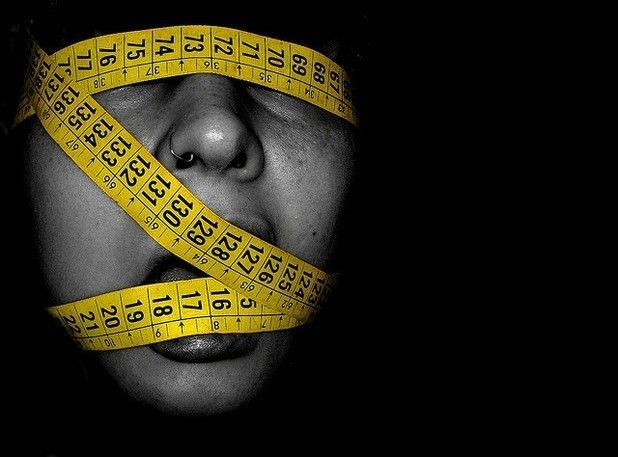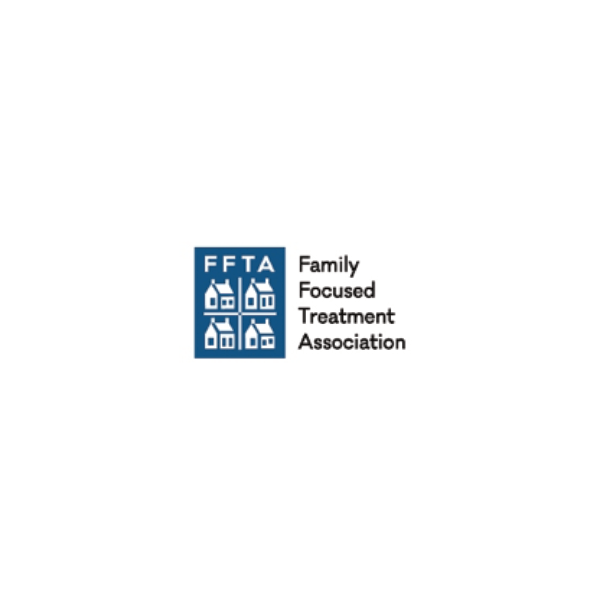Eating Disorders in Adolescence – Know the Signs!

Kids receive many messages from social media, their friends and sometimes family members about how they should look and how much they should eat and weigh. Critical comments may cause a child to start dieting, and dieting is common among children and teens with eating disorders.
Losing a large amount of weight is often what comes to mind when talking about eating disorders, but gaining weight can be a red flag as well. A change in a child’s behavior involving food, eating or exercise should also raise concerns.
Eating disorders are extremely concerning medical diseases, especially because behaviors associated with these disorders can lead to abnormal heart rhythms or unstable vital signs. Though these behaviors usually begin as a way to cope with psychological distress, binge eating, food restricting, purging (removing food from one’s body) and other eating-disordered behaviors can have serious physical effects. Anorexia, which is associated with weight loss and/or low body weight related to these behaviors, has the highest rate of death of any psychiatric disorder.
Those who see a child every day – parents, friends, teachers, etc. – may be the first to notice concerning behaviors related to their eating. That is why we think it’s so important to have a general understanding of eating disorders, how behavior may be affected and how to get help if needed.
Types of behaviors you might see in boys and girls that have eating disorders
Eating disorders are most common among adolescent girls, but are increasingly diagnosed at younger ages and among boys too. Evidence supports a genetic contribution to their development; however society’s focus on thinness as an ideal also influences their risk. A strong focus on healthy eating, weight maintenance and exercise within a child’s family, peer group, school environment or sports team may also contribute to the development of an eating disorder. They appear to run in families and often co-occur with depression and anxiety.
In addition to weight changes, unusual eating patterns or rules – like a child insisting on eating only “healthy” foods – are associated with eating disorders. The following behaviors can also be signals for concern for specific eating disorders common among children and teens.
Anorexia is characterized by a significant weight loss or a child’s failure to make expected weight gains as they age, most frequently due to restricting food intake. A distorted body image and intense fear of gaining weight are also included in the criteria for diagnosis.
Anorexia may be associated with purging behaviors such as:
- Exercising excessively (spending hours in the gym, secretly performing jumping jacks or sit ups, etc.)
- Self-induced vomiting
- Abusing diet or weight-loss pills, laxatives or diuretics (pills that increase urine output)
A child may become obsessed with diets, recipes and calories, and may insist on cooking everything themselves so they know exactly what is in their food, but then eat very little. Hiding their bodies and wearing oversized clothes to conceal weight loss is common.
Binge eating is defined by episodes of disordered eating, specifically eating large amounts even when not hungry, and feeling out of control of this eating. Binging episodes are often associated with guilt and shame, but not efforts to prevent weight gain. Binge eating disorder is diagnosed when the out-of-control eating episodes are occurring at least weekly over a three-month period. A child will often eat in secret with disappearing groceries, empty wrappers or stockpiles of food in their rooms or backpacks as evidence.
Bulimia is diagnosed when the binge-eating episodes are followed by purging behaviors without a significant weight loss. Signs of purging behaviors include a child going to the bathroom immediately after meals and hoarding or hiding laxatives, diet pills or diuretics. Both binge eating and bulimia are associated with high body weight.
In general, it’s not uncommon for a child’s social media activities to alert parents and friends to possible eating concerns. Teens may follow “Ana-Mia” websites, which are pro-anorexia and pro-bulimia websites. These sites encourage weight loss, food restricting and purging behaviors. (Ana is a reference to anorexia; Mia to bulimia.) Teens may also use their own social media sites to brag about these behaviors. Often, a friend may contact a child’s parents to express their concerns about weight loss and eating behaviors after seeing this type of online activity.
Concerning complications associated with eating disorders
Eating disorders can have many serious effects on the body and prompt treatment is recommended to avoid complications.
The most concerning long-term consequences of food restricting disorders like anorexia are impaired bone and brain development. Adult women with histories of significant low body weights as teens have weaker bones and smaller brains. They also have a higher risk of infertility. In the short term, food-restricting disorders can result in malnutrition, dehydration, and low heart rate and blood pressure.
Purging behaviors are dangerous because they are associated with electrolyte imbalances (not having what the body needs for important functions). These imbalances can result in abnormal heart rhythms and actually stop the heart. Vomiting, a common purging behavior causes a loss of body fluids and these important electrolytes.
The high body weight (obesity) associated with binge-eating disorders carries increased risks of high blood pressure, joint problems and diabetes.
Behaviors associated with eating disorders often change over time and often overlap, which can alter an individual’s risk of physical complications.
Steps for parents to take if you are concerned
Have an open, honest conversation: If you have a concern, an open, honest conversation with your child about food, weight and body image is the first step. To open the conversation, honestly communicate your concerns without anger or judgment.
Check-in with your pediatrician: Then, follow up with your child’s pediatrician for a full evaluation. They can check weight and growth compared to previous growth charts, perform a physical exam and other testing to help determine what level of care is appropriate, and connect your family with experienced treatment providers.
Enroll your child in a program: There are residential treatment centers for severe eating disorders requiring 24-hour care and supervision as well as partial hospital programs, where a patient attends individual and group therapy sessions during the day but returns home at night. Outpatient programs are available as well. Sometimes, if a child is experiencing dangerous complications, hospitalization is needed as a first step to correct electrolyte imbalances and monitor vital organ functions.
Eating disordered behaviors are ways to cope with stress, depression or anxiety, so psychotherapy focusing on replacing these behaviors with healthy coping skills is essential at every level of care. Programs typically involve appointments with a therapist and dietitian. Since eating disorders frequently co-exist with depression and/or anxiety, medications are often added to treat these problems and a psychiatrist may be involved if medications are prescribed.
Programs for eating disorders focus on restoring a healthy weight and beginning to establish normal eating patterns. Education about healthy eating and the complications of eating disorders begins here. Family therapy is typically part of these programs too. Empowering and educating parents about how to best support their child’s eating patterns and related healthy habits is often a primary focus.
Kids do recover from eating disorders and go on to thrive and have happy, successful lives. Knowing the signs and getting help promptly can make all the difference for a child struggling with these issues.
-Dr. Susan Jones, child and adolescent psychiatrist




















